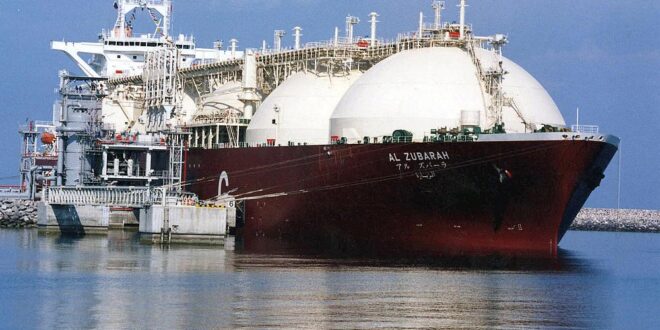China’s imports of liquefied natural gas (LNG) hit 5-month highs in June, but weak demand, especially in Europe, kept a lid on prices. Last month, China imported 5.96 million metric tons of LNG, 28% higher than the 4.64 million the country purchased a year ago and also higher than 5.54 million metric tons imported in May. However, that still proved inadequate as the spot price slipped to $9.00 per million British thermal units (mmBtu), 87% below its record high of $70.50 in late August and the lowest since April 2021.
The much-awaited buying frenzy by the EU as it looks to fill its gas stores ahead of winter has yet to materialize. Europe imported 9.50 million metric tons in June, down from 12.11 million in May and the lowest monthly total since August 2022. Rocked by one of the worst energy crises in living memory, the European Union launched a gas buyers’ cartel in 2022 and started issuing tenders for supplies. According to Sefcovic, some 50 gas suppliers and large industrial gas consumers in the EU immediately expressed interest in being part of the bloc’s joint gas-buying effort. A key objective of the whole endeavor is to keep gas prices low by buying in larger volumes.
Well, Europe’s gas buyer’s club has been a resounding success, with the continent’s gas stores nearly 80% full. Unfortunately, Europe’s purchases of U.S. LNG have also dwindled, with June’s volumes clocking in at 4.15 million metric tons, down from 5.63 million tons in May. Europe’s gas inventories, including in the United Kingdom, have now hit 889 terawatt-hours (TWh), according to data from Gas Infrastructure Europe. Stocks are now +246 TWh +38% above the 10-year seasonal average, although the surplus has narrowed from +280 TWh +81% in March.
Meanwhile, U.S. gas inventories have also been ticking higher, with stocks for the week ended June 30, 2023, up 72 Bcf to 2,877 Bcf.
The deluge of gas has put nearby futures prices under immense pressure, with futures for gas delivered in October 2023 now trading at a discount of almost 12 euros per megawatt-hour to prices for April 2024. In contrast, they traded at a premium of more than 5 euros at the beginning of the year and a full 38 euros a year ago.
China and Asia Become Key U.S. Customers
Asia’s imports of U.S. LNG climbed to 1.34 million metric tons in June, up from 1.21 million in May and the most since February. Indeed, China and Asia are now the U.S. biggest LNG customers, a position Europe held last year when it purchased as much as 65% of U.S. output.
The United States’ largest producer of LNG, Cheniere Energy (NYSE:LNG), has signed a long-term liquefied natural gas (LNG) sale and purchase agreement with China’s ENN Energy Holdings.
ENN will purchase ~1.8M metric tons/year of LNG on a free-on-board basis at Henry Hub prices for a 20-year term, with deliveries to commence mid-2026 ramping up to 0.9 million tonnes per annum (mtpa) in 2027. Last year, ENN signed a 13-year deal with Cheniere to purchase 900K metric tons/year, again based on Henry Hub prices.
The deal is subject to the completion of Cheniere’s Sabine Pass project, which is being developed to include up to three liquefaction trains with an expected total production capacity of ~20M tons/year of LNG.
Currently, Sabine Pass has six fully operational liquefaction units aka ?”trains”, each capable of producing ~5 mtpa of LNG for an aggregate nominal production capacity of ~30 mtpa. Cheniere processes more than 4.7 billion cubic feet per day of natural gas into LNG. Sabine Pass has multiple pipeline connections to interstate and intrastate pipelines, and is located less than four nautical miles from the Gulf of Mexico, thus providing easy access to seafaring vessels.
Previously, Cheniere entered another long-term liquefied natural gas sale and purchase agreement with Norway’s national oil company Equinor ASA (NYSE:EQNR) that will see Equinor purchase 1.75M metric tons/year of LNG on a free-on-board basis for a purchase price indexed to the Henry Hub price, for a 15-year term.

 Iran Energy News Oil, Gas, Petrochemical and Energy Field Specialized Channel
Iran Energy News Oil, Gas, Petrochemical and Energy Field Specialized Channel



